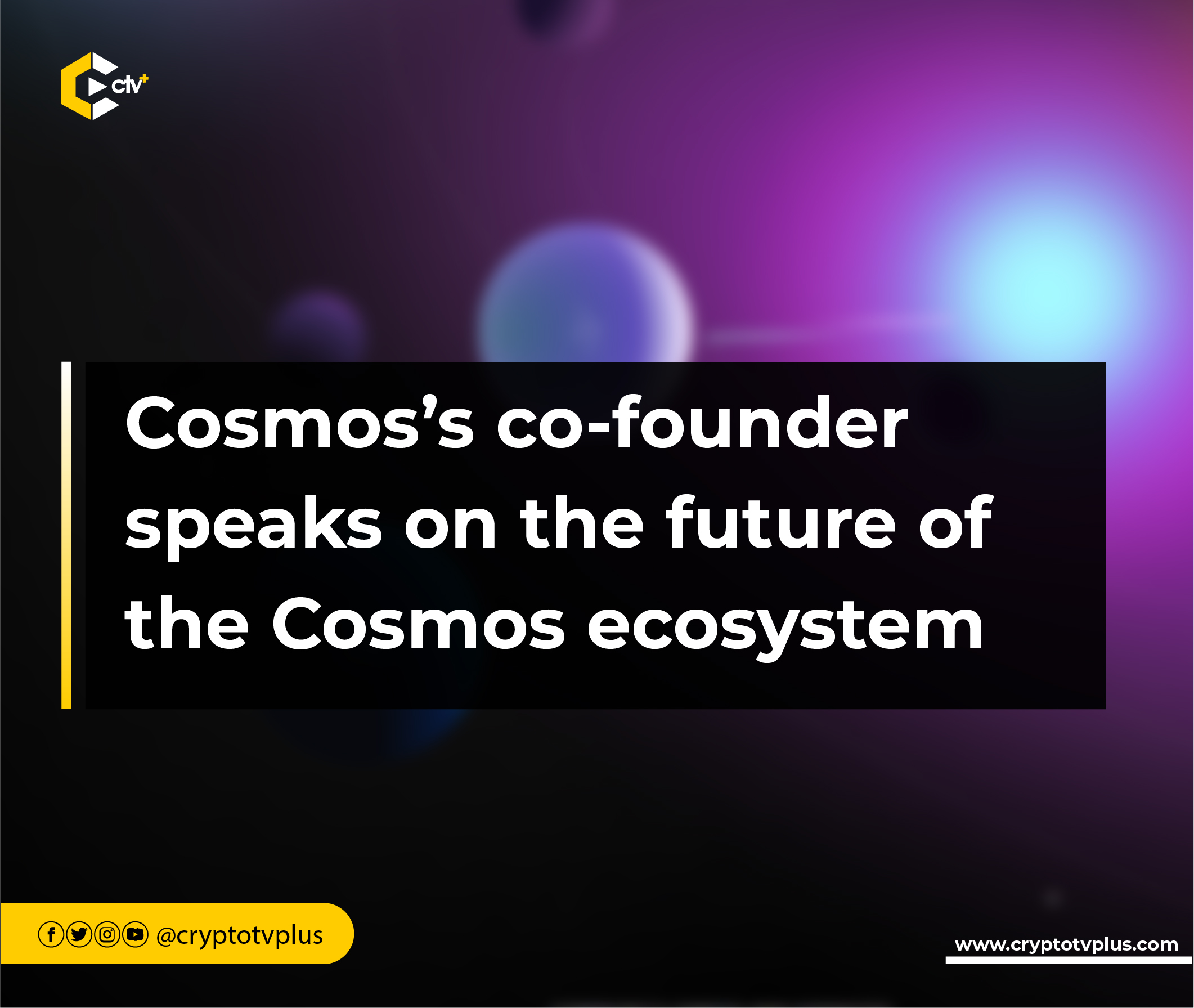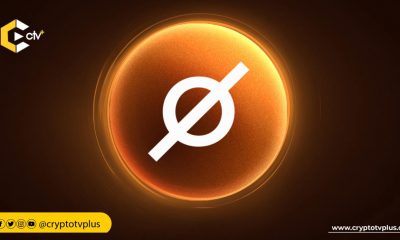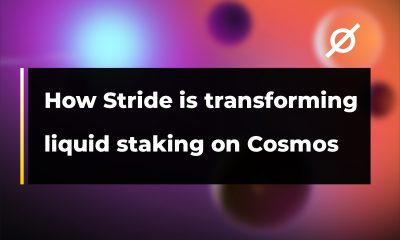FEATURED
Cosmos’s co-founder speaks on the future of the Cosmos ecosystem

At the Cosmoverse 2023, Ethan Buchman, Co-founder of Cosmos, shed light on the ever-evolving nature of the Cosmos Hub.
During the presentation, a wide range of topics were explored, including interchain security, the redefinition of money, and the introduction of novel advancements into the Cosmos Hub.
Serving as the flagship blockchain within the Cosmos ecosystem, the Cosmos Hub functions as a decentralized network consisting of autonomous parallel blockchains, all developed using the Cosmos Software Development Kit. Primarily, the Cosmos Hub aims to facilitate the creation of interlinked blockchain systems within the Cosmos Network, with ATOM being its primary token. However, the design inherently supports the future inclusion of numerous other tokens as well.
Interchain Security: A new era
Ethan spoke about the significance of “interchain security”. This concept allows multiple blockchains to share the same security umbrella provided by the Cosmos Hub.
Chains can opt into this security, reducing the need for each blockchain to maintain its sovereign validator set.
He added that it offers a spectrum of options for chains to leverage security, from full sovereignty to shared security, promoting flexibility and collaboration within the Cosmos ecosystem.
Enhancing Interoperability with Atomic IBC
He went on to introduce another concept called the “Atomic IBC.” Atomic IBC – Atomic Inter-Blockchain Communication – is an innovative concept within the context of blockchain technology, particularly in the Cosmos ecosystem, which enables what is referred to as “atomic composability.”
Atomic composability essentially means that transactions can be executed in a way that either all succeed or all fail, ensuring that they are indivisible and co-occur.
Ethan said that the key idea behind Atomic IBC is to create a shared block space where multiple chains can operate in parallel. This shared space allows for complex transaction sequences to be executed in a single step.
Therefore, a series of transactions involving different chains can be bundled together. In this way, they are treated as a single, indivisible operation.
If any part of this operation fails, the entire transaction is rolled back, ensuring that the blockchain remains in a consistent state.
The primary benefit of Atomic IBC is that it greatly enhances interoperability within the Cosmos ecosystem.
It allows different blockchains to work together seamlessly, making it easier for developers and users to create and use applications that span multiple chains.
Interchain Money: A fresh perspective
Challenging conventional wisdom, Ethan asserted that Atom, the native token of the Cosmos Hub, is not money. Instead, he emphasized that Atom serves as a staking token to secure the Cosmos Hub network. With the advent of stablecoins, Atom might transition away from being a fee token.
He further explained that there is a need to rethink the role of digital assets and their transition into true money. He argued that a deeper understanding of money’s functions—a unit of account, medium of exchange, and store of value—was essential for building a robust financial system – suggesting that interchain money should be built on a strong foundation, focusing on reducing debt with minimal use of assets.
He noted that to achieve the vision of interchain money, there is a need to think of how to collaboratively clear debt using various assets, such as Atom, USDC, and ETH, to minimize the need for assets while respecting individual preferences.
The goal is to clear debt efficiently and create a system that values collaboration and effective debt management in the financial system.
Read also; Bitcoin expert speaks on AI-crypto mining and government intervention
























